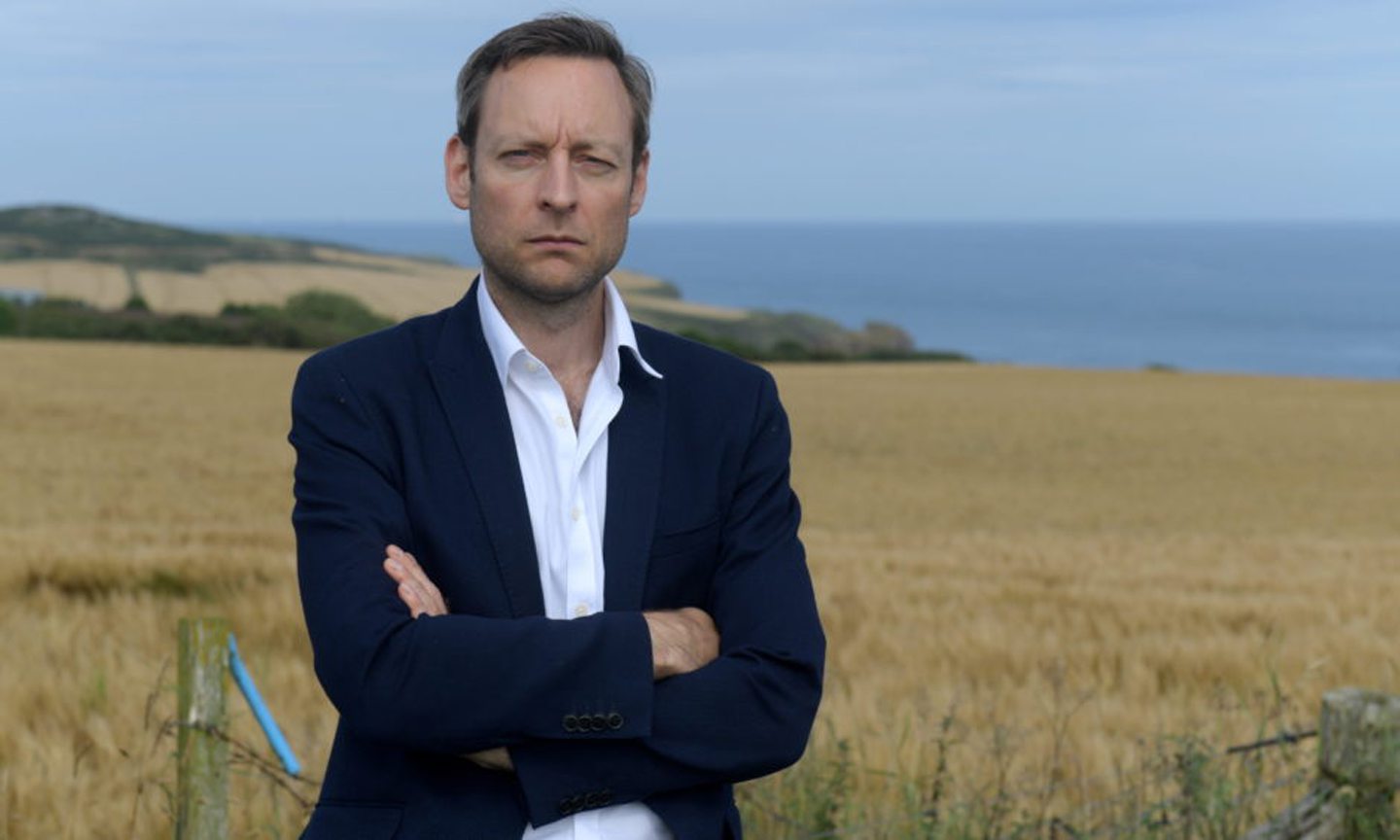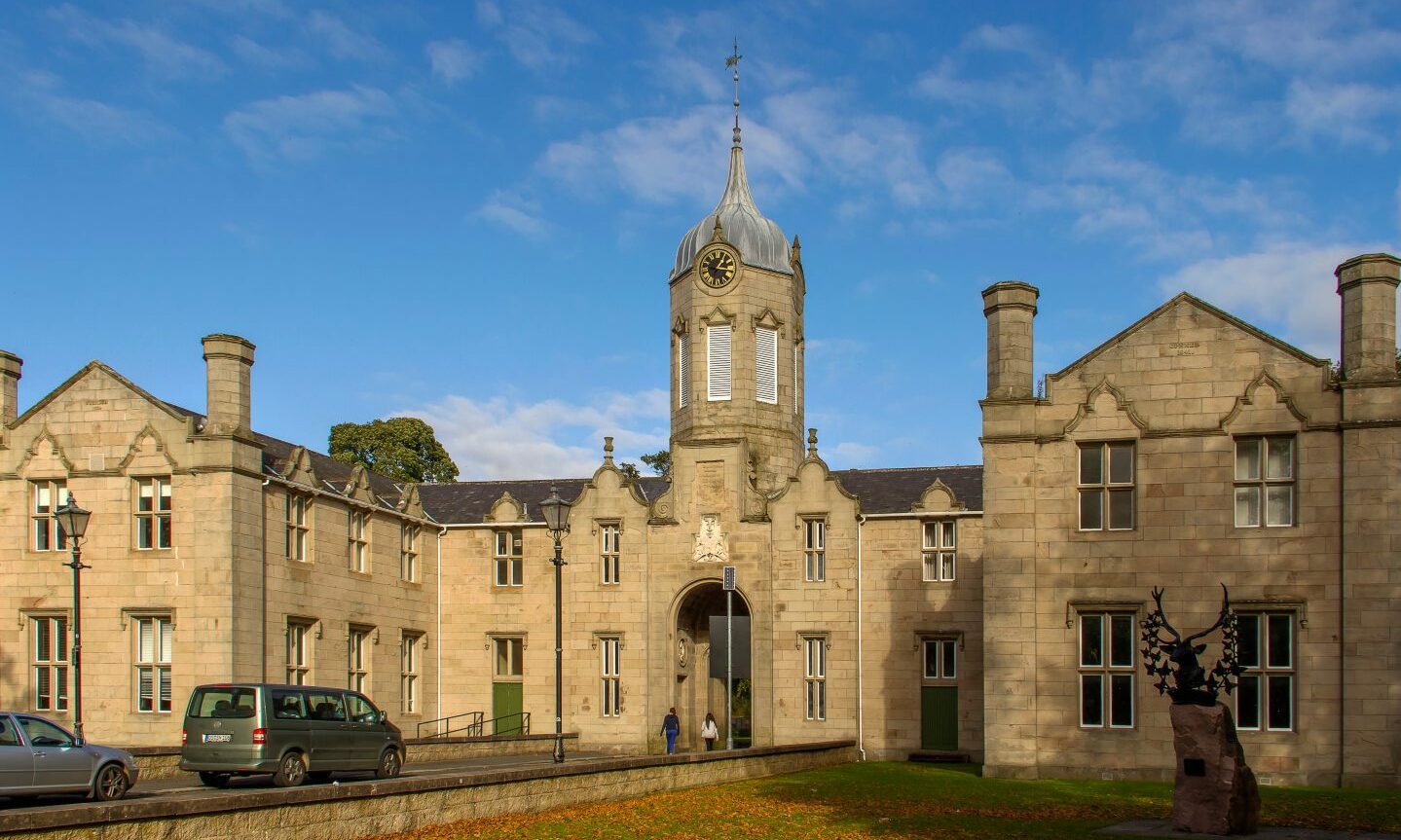Warnings have been issued a “gig economy” could soon develop in teaching as staff struggle to secure classroom jobs.
Concerns have been raised that the surge in probationary teachers requested to fill posts across the country is forcing qualified staff to leave the industry or move outside Scotland to continue their career.
Figures published by the General Teaching Council for Scotland show there has been a 43% increase in probationary teachers requested across the country’s secondary schools from summer 2017 to the start of the current term.
However, that rise has surged in both Aberdeen and Moray, where the number of probationers has trebled during the period.
Now there are concerns teaching talent could be “wasted” as qualified staff struggle to find permanent posts amidst the increase.
The Press & Journal has spoken to several teachers who say staff have been struggling to secure permanent contracts during the summer holidays.
Why are teachers struggling to find jobs?
Teachers are struggling to find jobs across the country due to councils not offering permanent contracts with classroom posts filled by teachers completing their training.
The term “probationer teachers” refers to newly qualified completing a year of service in schools to show they meet the standard for full registration.
There are concerns these posts are being used to plug vacancies while reducing the number of positions available at the same time.
The Scottish Government has pledged £145.5million to councils this year to protect teacher numbers – warning it could withhold or recoup cash if it is not used for that purpose.
However, it says it cannot direct teachers where to work and has stressed there are some regions with jobs available.
Union EIS says councils are requesting more probationary teachers every year with the issue growing “steadily worse”.
A spokesman said: “Scotland needs more teachers, but the scarcity of permanent jobs is leading to many teachers either moving to other countries or leaving the profession entirely in search of greater job security.
“As schools continue to grapple with the challenge of post-pandemic education recovery, the Scottish Government must provide additional funding to local authorities to employ more teachers, and local authorities must ensure that more permanent teaching posts are created.
“We cannot have a gig economy in teaching – Scotland’s young people and Scotland’s teaching professionals deserve far better.”
How are pupils being affected by lack of teacher job vacancies?
Concerns have been raised that the increasing use of probationary teachers to teach specialist subjects.
The Gordon Schools in Huntly will no longer be teaching metal and woodwork this year because nobody with the relevant skills wants to work in Aberdeenshire.
Aberdeenshire West MSP Alexander Burnett has called for more to be done to incentivise probationers to work in rural areas.
Liam Kerr, shadow education secretary, has called for more to be done to create more permanent posts.
He said: “It’s deeply concerning that there are thousands of qualified teachers stuck on short term, casual contracts and the problem is getting worse.
“The number of full-time jobs available for new teachers is plummeting, leaving councils with no choice but to fill that void with temporary positions.
“Many can’t even find a job and are often forced to leave the profession which is a huge waste of talent.
“Teachers should be given fair deal but to do this, proper funding must be allocated by the Scottish Government to allow councils to convert more positions to permanent roles.”
Why are councils requesting more probationary teachers?
The Press & Journal approached Aberdeen City Council, Aberdeenshire Council, Moray Council and Highland Council for the reasons behind their variances in probationary teacher requests.
None were prepared to offer any specific reasons for the increases and decreases, instead explaining it can depend on varying factors year-to-year including pupil numbers, current staffing levels and other vacancies.
The Scottish Government has stressed it cannot tell probationary teachers where to work and is unable to guarantee jobs with individual councils, adding that it is the responsibility of local authorities to recruit based on local needs.
A spokesman added: “While we cannot direct teachers where to work, it is important to note that teacher vacancies arise across Scotland throughout the course of the year and we are aware that there are areas of the country with jobs available.
“The Education Secretary has discussed the national picture on recruitment with Cosla, and she looks forward to working with our councils on the issue of recruitment and retention – noting that it is they who employ our teachers and not the Scottish Government.”




Conversation